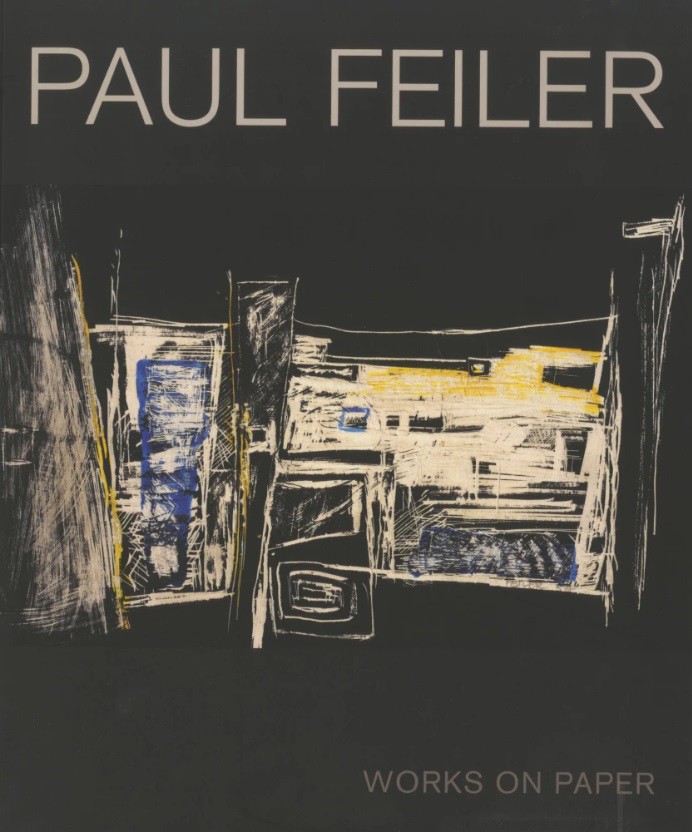A raft of exhibitions and events opening this spring will re-examine the legacy of the artist Paul Feiler, a pioneer of the St Ives school in Cornwall, who died in 2013 aged 95. A retrospective at the Jerwood Gallery in Hastings in southern England (Paul Feiler, One Hundred Years; until 8 July) includes works spanning eight decades, from Cornish Claypits (1951) to Zenytum XIV (2013). “As the last of his peer group working in St Ives, he represents a critical point in art history from a place where such talented creatives had found each other,” says Liz Gilmore, the gallery’s director.
The Jerwood Gallery houses one of Feiler’s most significant works, Chrome and Lemon (1956), which shows a series of vertical slabs painted in yellow and brown hues. Works made during this period were inspired by the light and landscape in Cornwall, where he moved permanently in 1953. Feiler says in a statement dating from 1957: “I have always enjoyed writing down in paint what I felt the world around me looked like.”
Feiler, who was born in Frankfurt in 1918, fled Nazi Germany in 1933, settling in England and studying at the Slade School in London from 1936 to 1939. From 1941 to 1975, he taught at the Combined Colleges of Eastbourne and Radley and the West of England College of Art in Bristol.
Feiler’s son, Hugo Feiler, tells The Art Newspaper: “He was rubbing shoulders with artists such as his friend Peter Lanyon in Cornwall in the 1950s, and this era is very well known. In the 1960s, he tended to chase the trends but we also see signs of his developing style. The later landscapes are more abstract; it feels like this work is very modern.”
Indeed, his style moves in a radical new direction from the 1970s. Christopher Masters wrote in his obituary in the Guardian: “In his final decades, [Feiler] developed a more geometric idiom, creating paintings that were framed to look like portals, as if opening into a hidden, shrine-like space remote from everyday reality.” Circles, squares and lines predominate, with later works incorporating gold and silver leaf.
Tate St Ives is also showing Portheras Grey (1959-61) by Feiler which is displayed alongside Mark Rothko’s Untitled 1950-52 (the pair met in 1959 when the US artist visited Cornwall). A new monograph by the art historian Michael Raeburn, who gained access to the artist’s archive of letters and photographs, was published last month by Lund Humphries. Meanwhile, Redfern Gallery in London is due to launch a show of Feiler’s works in the autumn.

























